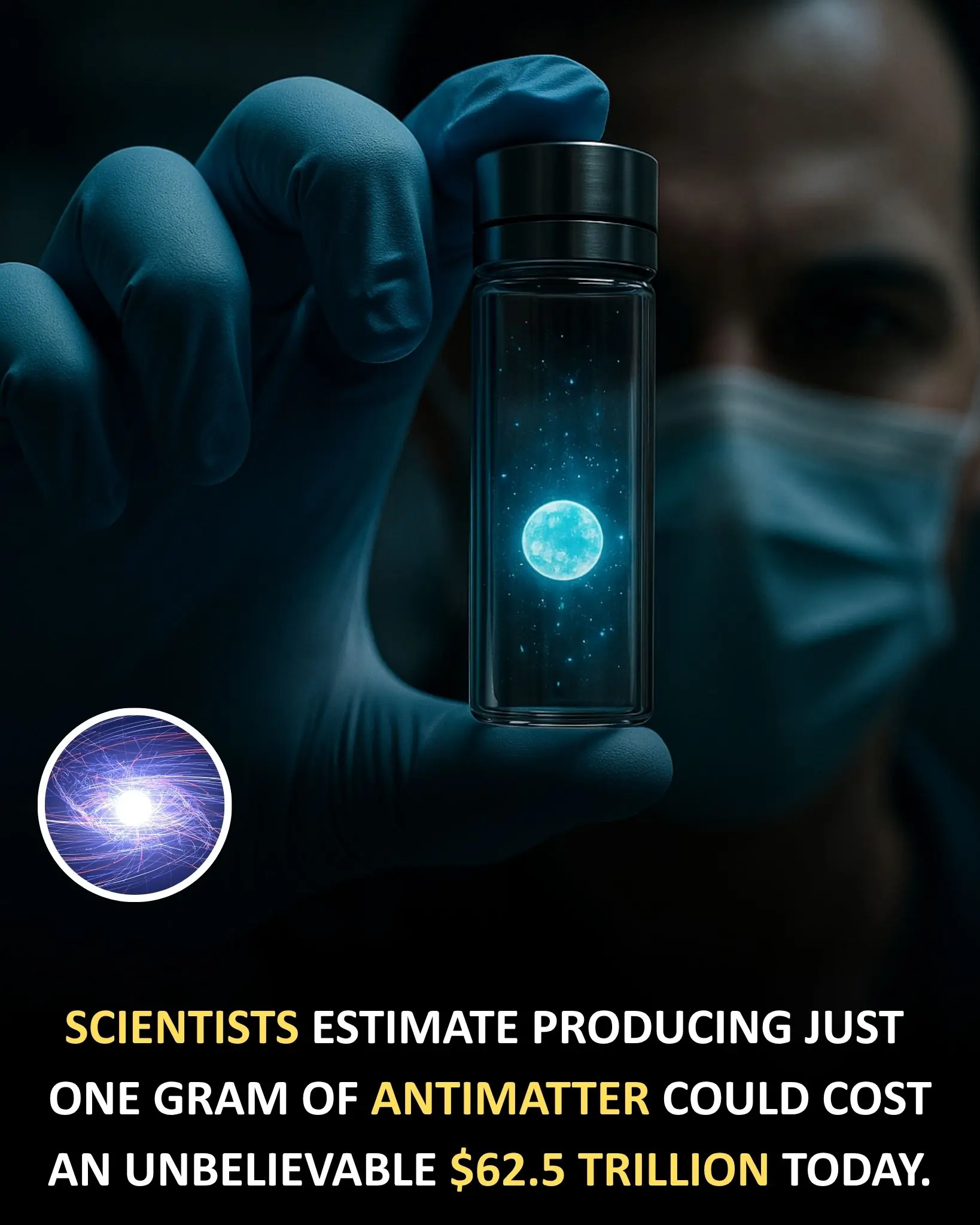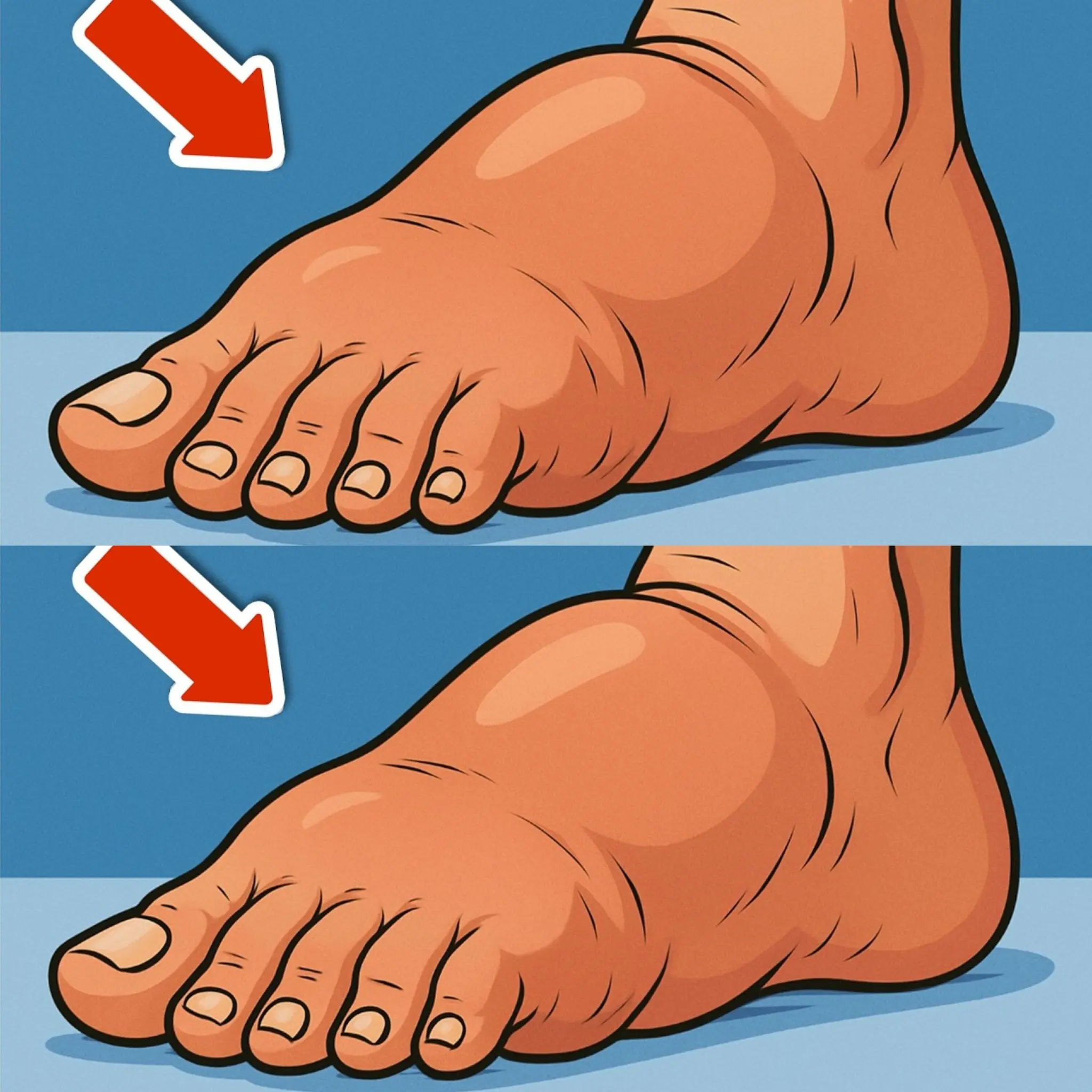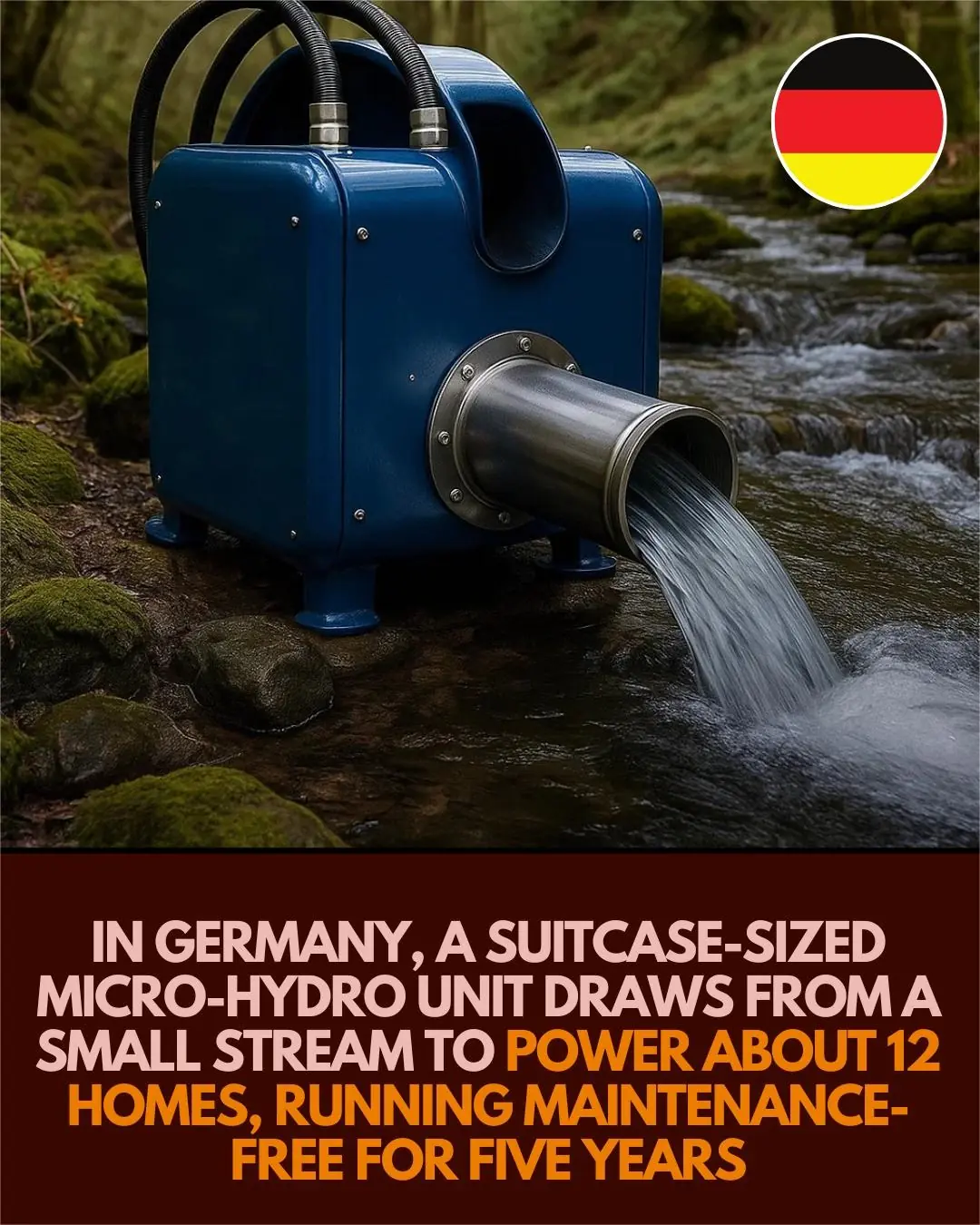
Tiny Hydropower Innovation Sparks Big Energy Dreams in Germany
In the quest for sustainable energy, engineers and inventors are reimagining how we tap into natural resources — including something as simple as a flowing stream. One of the most intriguing concepts to emerge recently is a portable, suitcase-sized micro-hydropower generator being developed and tested in Germany.
A Small Device With a Big Idea
This compact system is designed to sit beside a running stream, channeling water through a small turbine to generate clean electricity. Unlike traditional hydropower installations, which require dams or large infrastructure, these micro-units aim to be lightweight, mobile, and easy to set up. The goal is to provide renewable power in remote areas, for cabins, off-grid homes, or small field operations.
The design borrows from innovations by startups such as Blue Freedom, a German company known for developing portable hydropower solutions. These devices can produce electricity continuously as long as water flows, turning rivers and creeks into power sources for charging batteries and running essential appliances.
Understanding the Capabilities — and Limits
While social media posts have circulated claims that a single suitcase-sized generator could power a dozen homes maintenance-free for five years, those numbers remain unverified by engineering data or independent testing. In practice, output depends on several variables: water speed, flow volume, turbine efficiency, and local conditions. Most currently available portable hydro units produce enough power for lights, small electronics, or individual off-grid cabins, but not yet for a cluster of houses.
Similarly, “maintenance-free for five years” is an optimistic marketing claim. Any system exposed to water and debris requires periodic cleaning and inspection to maintain efficiency and safety.
Why It Still Matters
Even if early claims are exaggerated, the concept is significant. Micro-hydro offers a steady, low-impact power source, especially compared to solar or wind in areas with consistent water flow. For outdoor researchers, campers, and emergency use, these compact turbines could provide vital energy independence. In regions with small rural communities and running streams, the technology could also complement other renewable options.
The Road Ahead
Experts say the next steps are improving efficiency, durability, and affordability. With better turbine designs, stronger waterproofing, and smarter controls, future models could move closer to powering entire households and running longer without maintenance.
As the world seeks innovative ways to reduce dependence on fossil fuels, these micro-hydro concepts highlight how clean energy can be both portable and practical — turning even the gentlest stream into a source of sustainable power.
News in the same category


Man in a Giant Dachshund Costume Steals Hearts Walking His Pet

Trapped in Darkness: How a Chinese Woman Survived 54 Hours in a Snake-Filled Well

The High Price of a Status Symbol: How a Teen’s Kidney-for-iPhone Deal Became a Cautionary Tale

❄️ Brave 11-Year-Old and Her Loyal Dog Save a Mother Goat and Newborn Kid in the Snow

A Young Man’s Act of Kindness Gives an Elderly Neighbor Comfort in Her Final Days

Running Through Grief — A Father’s Marathon of Love and Memory

Japan’s Gentle Way of Making Space — Moving Trees Instead of Cutting Them Down

Pick A Bread To See What Kind Of Woman You Are

Zeus the Blind Owl — A Tiny Survivor With a Universe in His Eyes

Uber Will Soon Let You Book Helicopter Rides — A New Era of Urban Travel

From a Lost Check to a Life Rebuilt: The Remarkable Story of Elmer Alvarez

The Rickshaw Driver Who Changed Hundreds of Young Lives

Italian Angler Lands Colossal Catfish That Could Set a New Record

A Small Miracle: “She Peed, and We Both Cried”

Brave Mother Dog Crosses Danger to Protect Her Puppy

Antimatter: Why the Universe’s Rarest Material Could Be Worth Trillions

Lion With “Bangs” Goes Viral in China — But Zoo Denies Any Haircut
News Post

3 Unusual Neck Signs That May Warn of Cancer

Eat THIS to Get Rid of Swollen Legs & Feet – Incredibly Fast!

Rice Rose Water Collagen Gel: For Flawless Glowing Skin

Eliminate Joint Pain for 20 Years with This Simple Trick!

Papaya Leaves: The Secret to Thicker, Faster-Growing Hair

Discover 12 Super Foods to Enhance Blood Circulation in Your Legs

5 Herbal Teas to Naturally Support Blood Flow and Circulation

The Onion Antibiotic: A Powerful Natural Remedy for Cough, Bronchitis, and Pneumonia

9 Powerful Ways to Use Vaseline for Beautiful Skin

Japan’s Hybrid Coastal Defense: Engineering and Nature Working Together

The Gentle Side of the King: How Lions Pretend to Be Hurt to Teach and Empower Their Cubs

The Surprising Health Benefits of Purple Onion

Moringa: The Miracle Tree That Transforms Your Health

8 Reasons To Leave A Purslane Weed Growing

Unbelievable! Restore Your Vision Naturally with This Parsley Drink!

Rice Baby Oil Collagen Cream: Young Looking Wrinkle Free Skin

Man in a Giant Dachshund Costume Steals Hearts Walking His Pet

Powerful Cure to Cleanse the Lungs & Sinuses – Breathe Instantly with Horseradish!

Goodbye to Urinary Infections and More: Discover the Benefits of Tradescantia Spathacea

